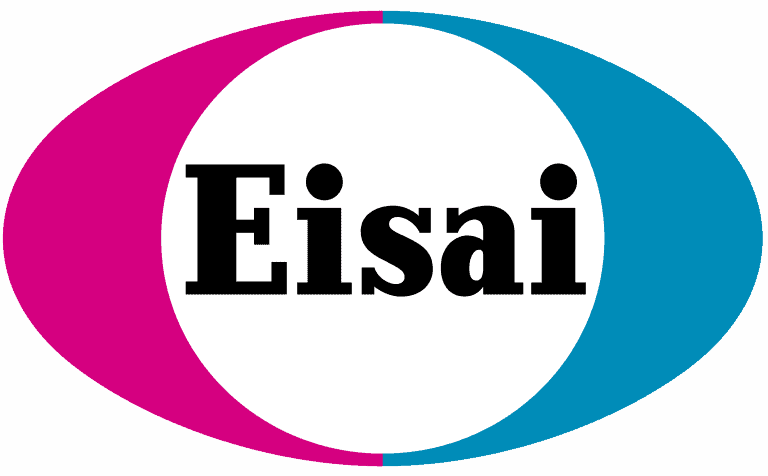(Yang et al. 2017) Most cases of mosaicism (where a mutation occurred shortly after fertilization and thus not all body cells carry it) found in parents of patients with DS are determined through blood samples. However, because different cells of the body are descended from different types of embryonic cells, the percentage of mutated SCN1A in different tissue samples can vary. Specifically, germline cells (sperm and egg, as opposed to \”somatic\” cells which are non-hereditary cells) may contain mutations that are not otherwise detected in high amounts in the blood. Unfortunately, studying sperm and specifically eggs can be invasive. This study collected sperm samples from 56 fathers of patients with DS whose mutations were first determined to be de novo, or appearing only in the child. Ten of those 56 samples (18%) harbored mosaic mutations matching the patient\’s mutation. This is significantly higher than the 5-10% rate of mosaicism previously reported in DS detected via blood sample. In addition, the percentage of mutated SCN1A was higher in the sperm samples than in other tissue samples of the mosaic fathers.
Genomic mosaicism in paternal sperm and multiple parental tissues in a Dravet syndrome cohort
Share This Post





